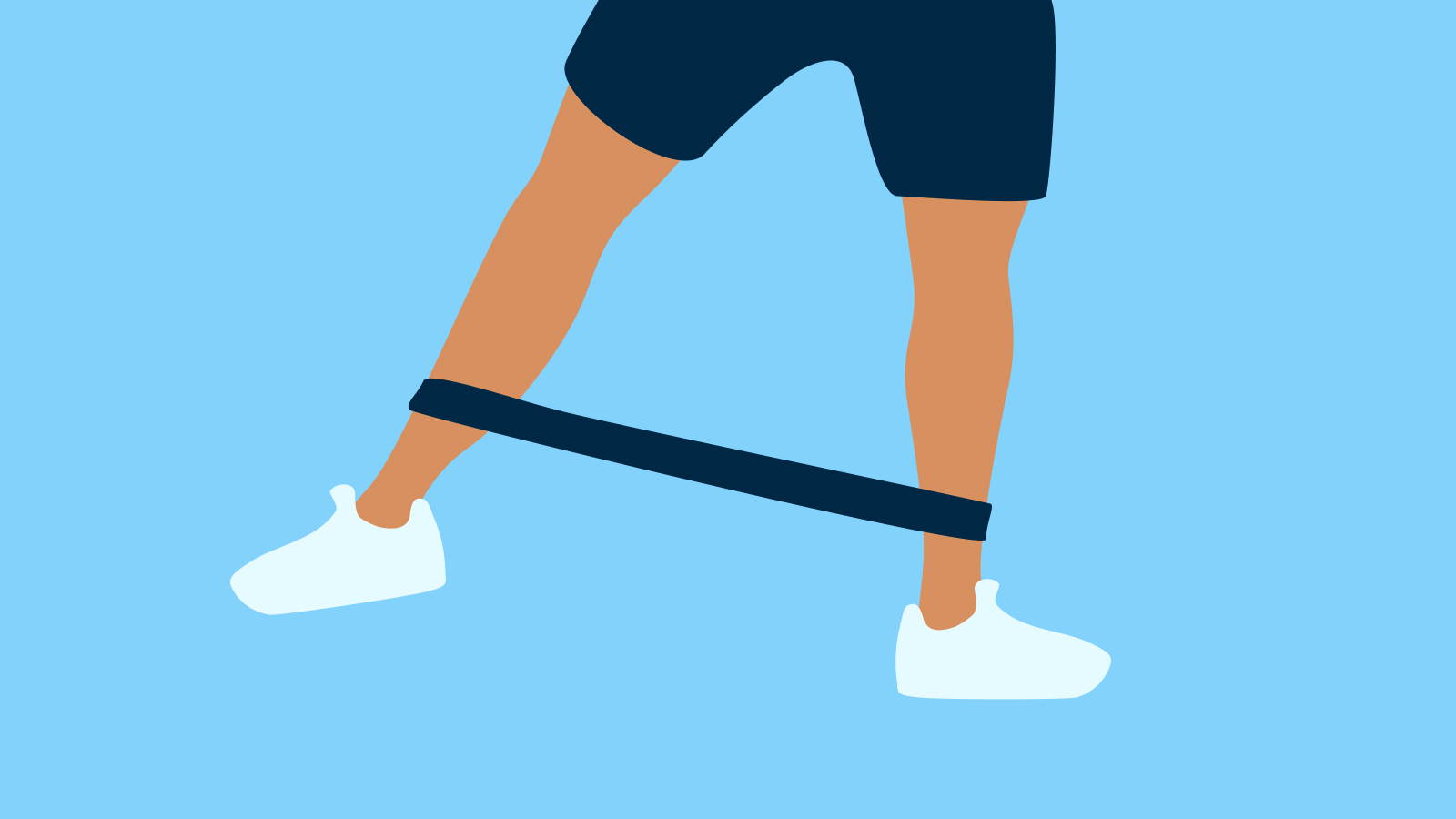Strength training, or resistance training, is a type of exercise where you work your muscles by pulling or pushing against a force. The force can be your own body weight like when you do a press-up, free weights or a weight machine.
The idea is that putting repeated, controlled stress on your muscles increases their strength and endurance over time. To get stronger, you gradually train with heavier loads over time, while reducing how many times you lift them.
Having stronger muscles and a stronger body is a great complement to other exercises like running and swimming. And the best part is that you don’t need to be a bodybuilder or gym-goer to benefit.
What’s so great about strength training?
There are plenty of reasons people do strength training. The obvious ones are:
- To become stronger
- To lose weight or maintain a healthy weight
- To increase your fitness level
But there are also some surprising extra benefits that make building muscle more important for your health than you might expect.
1. You’ll boost your energy and mood
There’s growing evidence to say that activities benefiting your physical health are also great for your mental health, and strength training is one of them.
Studies show that a regular training program is associated with better mental health, higher energy levels and a positive impact on social relationships. These are all things that also protect your emotional wellbeing in the long-term.
2. You’ll build stronger, healthier bones
You might not think much about your bone health – especially if you’ve been lucky enough to avoid any breaks or fractures. Strength training is a way to strengthen your bones before conditions like osteoporosis become a problem, especially as bone density declines as we get older.
One small study found that doing high-intensity resistance training for just 2 days a week helped combat the effects of ageing on bone density. The main benefits behind this are that having a strong skeleton protects you from injuries and means you can have a more active lifestyle for longer.
3. You’ll reduce your risk of heart problems
Low to moderate intensity strength training lowers your risk of a stroke, heart disease and hypertension. A single session can lower blood pressure for up to 24 hours, according to one review.
Even better news is that the effects of regular training translate into long term benefits. Lifting weights for less than 1 hour a week was linked to a 40-70% lower risk of heart problems in a recent study.
Remember, it’s a good idea to speak to a doctor before using exercise to control high blood pressure or manage a heart condition.
4. You’ll lower your risk of type-2 diabetes
There are lots of things you can do to reduce your chances of getting type 2 diabetes and strength training has recently joined the list. Lifting weights can be a great way to take things into your own hands and manage your blood sugars, whether you already have diabetes or not.
A recent review of 14 scientific studies of people at risk for diabetes found that regular training led to healthier blood sugar levels as well as a lower body fat percentage. That was all without needing to diet, although the more healthy lifestyle choices you make, the better.
5. You’ll be able to stay more active as you age
Once we hit 30-years-old, we shed between 3-8% of our muscle mass every decade. It’s part of the reason why some people lose their ability to get up and go as they age.
Strength training is a way to turn things around and recent studies suggest that it doesn’t need to be intense or difficult. Whether you’re younger or older, a small amount of light, regular training can keep your muscles in shape as you age. More intense strength training gives better results and more muscle mass.
6. You’ll have fewer aches and pains
Muscle weakness isn’t necessarily the cause of an injury, but building back muscle strength can help. One large-scale review found that the biggest benefit of strength training was that people experienced less aches and pains.
Strengthening your muscles protects your joints and ligaments and improves posture, all of which can lessen pain and reduce the risk of a future injury.
7. You’ll have better balance
The last big benefit of strength and resistance training as you age is it improves your balance. This can help you avoid risky trips and slips.
It can be daunting to get started with exercise if you already feel unsteady on your feet. A professional at most gyms can show you light exercises that can be done sitting down or using a weight machine for support as a start. Soon enough you'll be able to do standing exercises.
So, how do I get started?
There are a few things to think about when starting strength training, including:
- How heavy the weights should be
- How many times you lift them
- What type of equipment (if any) you should use
- How you change your routine over time
Start simple
Experts recommend starting with a few rounds of exercises targeting different muscles. Aim to manage to repeat each exercise 8-12 times per round and if it’s too hard or easy, then you can adjust the weight you’re using. Too hard means you can’t do 8 and too easy means you can do more than 12.
Don’t skip the warm up
To avoid injuries and progress over time, remember to always warm up and cool down. Similarly, using an exercise machine or working with a trainer can help you keep good form to avoid injuries if you’re a beginner.
Follow along
If you’re brand new to this, then the simplest solution is to find an app, online program or regular class that you can follow. The best ones will help you tailor it to your age, weight, goals and current abilities. If you want to pair your training with other activities then do a little research – there are plenty of strength training exercises for runners and different sports too.
What’s the difference between strength and resistance training?
Resistance training describes the general exercise of working your muscles using an external force. That could be your own body weight, elastic exercise bands, free weights, or weight lifting machines.
Strength training is a type of resistance-based workout where you gradually train with heavier loads over time, while reducing how many times you lift them. It’s been shown to be the best way of getting stronger.
Training your muscles is also perfect for supporting other types of exercise, such as targeting certain muscle groups to reduce the risk of running injuries.
Do I need to speak to a doctor first?
For most people, it’s safe to start resistance training. What’s not safe for sure is staying physically inactive.
However, there are a few cases where it’s a good idea to check with a medical professional first, for example:
- If you’re making big lifestyle changes
- If you’re worried about an injury
- If you’re struggling to maintain a healthy weight
- If you’re pregnant or recently gave birth
- If you have a heart condition or high blood pressure
This article has been medically reviewed by Lead Physiotherapist Erik Nordlund.


